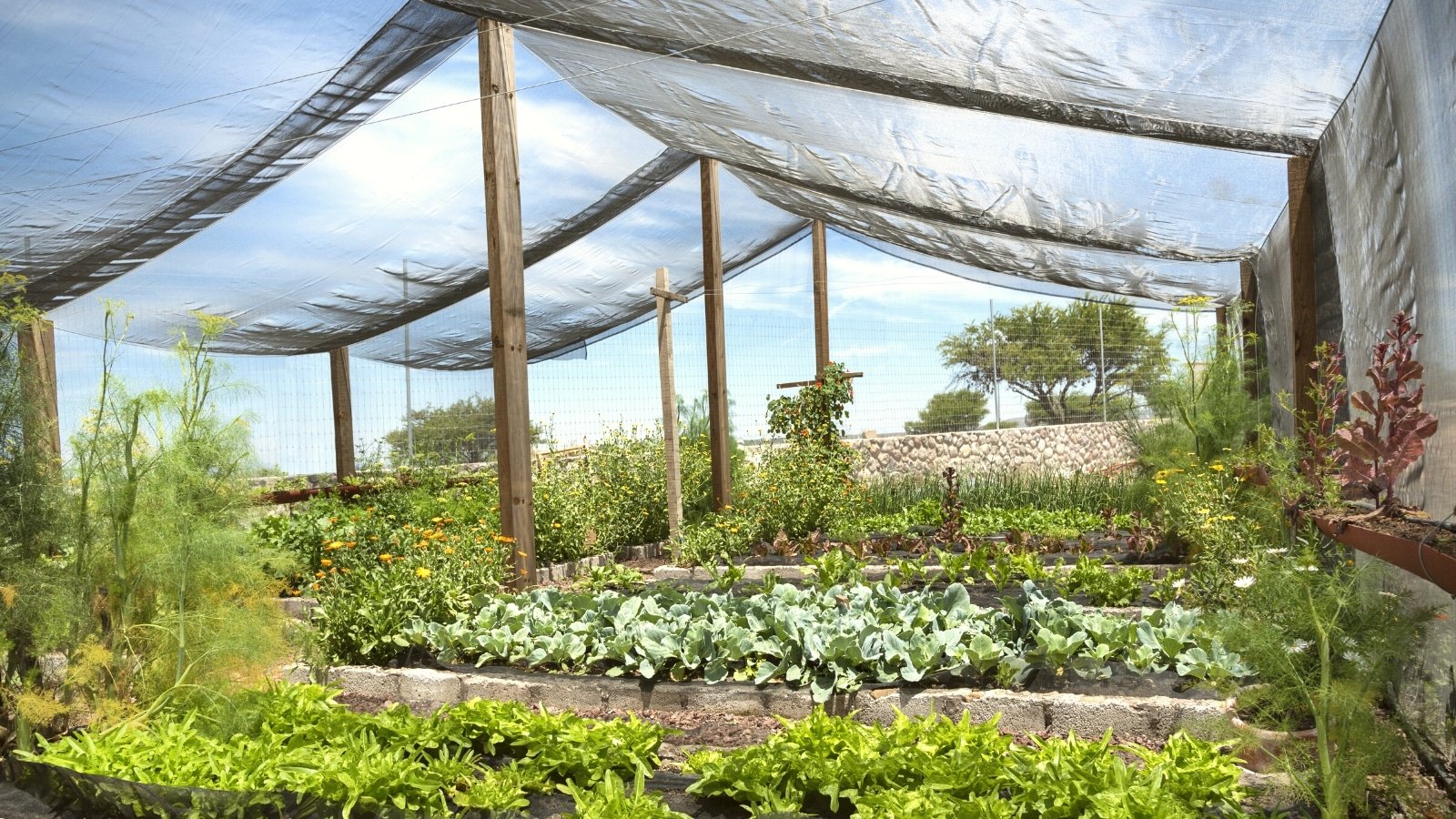
Shade Cloth for Plants: An In-Depth Guide
Shade cloth, also known as shade netting, is an essential tool for gardeners and horticulturists seeking to optimize growing conditions for various plants. By regulating sunlight exposure, temperature, and moisture levels, shade cloth can significantly enhance plant health and productivity. This article will explore the benefits, types, and applications of shade cloth, along with a comprehensive FAQ section and a reference table.
Benefits of Shade Cloth
- Light Regulation: Shade cloth filters sunlight, reducing its intensity and preventing sunburn or heat stress in plants. This is particularly crucial during peak sunlight hours.
- Temperature Control: By blocking a portion of the sun’s rays, shade cloth helps maintain cooler temperatures around plants, which is vital during hot summer months.
- Water Conservation: Shade cloth reduces soil moisture evaporation, leading to less frequent watering and conserving water resources.
- Protection from Pests: It acts as a physical barrier against pests and diseases, reducing the likelihood of infestations.
- Improved Growth Conditions: By promoting even light distribution, shade cloth can help plants grow more uniformly, minimizing competition for sunlight.
- Extended Growing Seasons: It allows for the cultivation of plants in conditions that would otherwise be too harsh, extending the growing season and maximizing yields.
Types of Shade Cloth
Shade cloth comes in various types, typically categorized by their material and shade density. The two main types are:
- Knitted Shade Cloth: Made from a polyethylene blend, this type allows for good airflow and is lightweight, making it easy to handle and store.
- Woven Shade Cloth: Heavier and more durable, woven cloth is better suited for areas needing more substantial coverage and protection.
Shade Density Levels
Choosing the correct shade density is crucial for plant health. The following table outlines the appropriate shade levels for different types of plants:
| Shade Density Level | Common Uses | Suitable Crops |
|---|---|---|
| 30% | Northern regions | Cool-weather plants, some sun-loving crops (e.g., tomatoes, peppers) |
| 40% | Most of the U.S. | Flowering plants, vegetative crops during peak summer |
| 50% | Hot, humid areas | Most vegetative crops throughout summer |
| 60%-90% | Extremely hot regions | Shade-loving crops, ornamental plants (e.g., ferns, orchids) |
When to Use Shade Cloth
Shade cloth is typically applied seasonally. It should be installed as soon as temperatures consistently rise and removed when cooler weather returns. For optimal results, consider the following:
- Heat-Loving Plants: Use around 30% shade during peak summer heat.
- Partial Shade Plants: Apply 40%-50% shade for plants that thrive in less intense sunlight.
- Shade-Tolerant Plants: Use 60% or more shade for plants that prefer cooler, shaded environments.
Installation and Maintenance
To install shade cloth effectively:
- Measure the Area: Determine the size of the area you need to cover.
- Select the Right Cloth: Choose the appropriate shade density based on the plants you are growing.
- Secure the Cloth: Use grommets or clips to attach the cloth to a frame or structure, ensuring it is taut to prevent it from becoming a sail in the wind.
- Seasonal Adjustments: Be prepared to adjust or remove the shade cloth as the seasons change.
Frequently Asked Questions (FAQ)
Q1: Can shade cloth be left up year-round?
A1: While it can be left up, it’s best to remove it in cooler months to allow maximum sunlight for plant growth.
Q2: What happens if I use too much shade?
A2: Excessive shading can hinder growth in heat-loving plants, leading to reduced productivity.
Q3: How do I choose the right shade percentage?
A3: Consider the specific light requirements of your plants and the climate in your region.
Q4: Is shade cloth expensive?
A4: Shade cloth is relatively inexpensive and can last several years if properly maintained.
Q5: Can I use shade cloth in a greenhouse?
A5: Yes, shade cloth is commonly used in greenhouses to regulate temperature and light.
Conclusion
Shade cloth is a versatile and valuable tool for gardeners and horticulturists. By understanding its benefits, types, and proper usage, you can significantly enhance the growing conditions for your plants, ensuring healthier growth and improved yields.For more detailed information on shade cloth and its applications, you can refer to the following link: Wikipedia – Shade Cloth.


